Hingeback Tortoise For Sale: The Perfect Pet for Tortoise Enthusiasts
The **hingeback tortoise for sale** is a unique and fascinating species of tortoise known for its hinged shell, which allows the back part to close up like a box. This ability helps protect them from predators, making them one of the few tortoises with such an adaptive trait. Hingeback tortoises, particularly **Speke’s hingeback tortoise for sale**, are becoming increasingly popular as pets due to their distinct appearance and manageable size. However, as with any reptile, it’s essential to understand their specific care requirements before bringing one into your home.
In this comprehensive guide, we’ll cover everything you need to know about these tortoises, including their natural habitat, behavior, and diet. We’ll also discuss the different species of hingeback tortoises, their care in captivity, and where to find **hingeback tortoises for sale**. Whether you’re an experienced tortoise owner or a beginner, this guide will help you provide a happy, healthy environment for your tortoise.
An Overview of Hingeback Tortoises for sale
The hingeback tortoise for sale belongs to the genus *Kinixys*, which includes several species found across sub-Saharan Africa. What sets this genus apart from other tortoises is the hinge on their shell. This hinge allows the rear part of their carapace (the top shell) to close up, offering protection for their hind legs and tail. It’s a fascinating evolutionary adaptation that provides extra security from predators.
There are several species of hingeback tortoises, each with its own unique characteristics, but one of the most commonly kept as pets is **Speke’s hingeback tortoise** (*Kinixys spekii*). These tortoises are native to central and southern Africa and thrive in savannahs and woodland areas. They are known for their resilience, moderate size, and adaptability to various environments, making them an attractive option for tortoise enthusiasts.
The Unique Traits of Speke’s Hingeback Tortoise
Speke’s hingeback tortoise is one of the most sought-after species of hingeback tortoise in the pet trade. With its intricate shell pattern and modest size, it’s a favorite among tortoise collectors and hobbyists alike. Speke’s hingeback tortoises typically grow to about 7-10 inches in length, making them a manageable size for both indoor and outdoor enclosures.
Their shell is generally a light brown or yellowish color, with dark markings along the scutes (the plates that make up the shell). The hinge is located toward the back of the carapace and allows the tortoise to close the back part of its shell when threatened. This unique feature makes them different from other tortoises and is one of the reasons they’re so popular.
In the wild, Speke’s hingeback tortoises are primarily herbivorous, though they are known to occasionally consume small insects or carrion. Their diet in captivity should reflect their natural eating habits, which we’ll discuss in more detail later on.
Natural Habitat and Behavior
Hingeback tortoises, including Speke’s hingeback, are native to the grasslands, savannahs, and woodlands of Africa. They are well-adapted to these environments, where they forage for a variety of plants, fruits, and sometimes small animals. They are typically active during the wet season, when food is abundant, and they often become more inactive during the dry season.
In the wild, hingeback tortoises are solitary creatures. They spend much of their time hiding under vegetation or burrowing into the ground to escape the heat. While they are generally slow-moving, they are surprisingly good climbers and diggers. This is something to keep in mind when setting up an enclosure, as they may attempt to climb or dig their way out if not properly contained.
Hingeback tortoises are known for their shy and reclusive nature. When they feel threatened, they will retreat into their shell and close the hinge to protect themselves. However, with time and proper care, they can become more comfortable around humans and may even develop unique personalities.
Housing a Hingeback Tortoise
Creating the right habitat for your **hingeback tortoise** is crucial for their health and well-being. While their natural environment is warm and humid, hingeback tortoises can adapt to a variety of climates as long as their basic needs are met.
Indoor Enclosures
If you live in a cooler climate or do not have access to outdoor space, an indoor enclosure can provide a safe and controlled environment for your tortoise. A large tortoise table or terrarium works well for a hingeback tortoise. The enclosure should be at least 4 feet by 4 feet to give the tortoise enough space to move around comfortably.
The substrate in the enclosure should be a mixture of coconut coir, topsoil, and play sand, which allows for burrowing and helps maintain humidity. Hingeback tortoises prefer a humid environment, so it’s essential to mist the enclosure regularly and provide a humid hide. The humidity level should be around 70-80%, especially for younger tortoises.
Lighting is another crucial aspect of an indoor enclosure. Like most tortoises, hingebacks need access to UVB light to process calcium and maintain healthy bones and shells. A UVB light should be provided for about 10-12 hours a day, along with a basking area that reaches temperatures of around 90-95°F. The rest of the enclosure should be kept at 75-85°F during the day, with a slight drop in temperature at night.
Outdoor Enclosures
If you live in a warm, humid climate, an outdoor enclosure is an ideal option for a hingeback tortoise. Outdoor enclosures provide natural sunlight, which is the best source of UVB light, and allows the tortoise to engage in more natural behaviors, such as foraging and digging.
The outdoor enclosure should be secure and predator-proof, with walls that are at least 12 inches high to prevent the tortoise from escaping. Hingeback tortoises are surprisingly good climbers, so make sure there are no objects near the enclosure walls that they can use to climb out.
The enclosure should include plenty of plants, logs, and rocks to provide hiding spots and shade. A shallow water dish is also important, as hingebacks enjoy soaking and need access to fresh water at all times.
### Diet and Nutrition
Hingeback tortoises are primarily herbivores, with a diet consisting of grasses, leafy greens, and fruits. In captivity, it’s essential to provide a varied diet to ensure they get all the necessary nutrients. Some of the best foods to offer include:
– Dandelion greens
– Collard greens
– Mustard greens
– Endive
– Escarole
– Hibiscus leaves and flowers
– Figs (in moderation)
– Apples (in moderation)
Occasionally, you can offer vegetables like squash and bell peppers. While hingebacks are mainly herbivorous, they may also enjoy the occasional insect or small amount of animal protein, such as earthworms or snails. However, this should only be offered sparingly.
Calcium is an important part of a hingeback tortoise’s diet, as it helps with shell and bone development. Dusting their food with a calcium supplement a few times a week is recommended, especially for younger tortoises. You can also provide a cuttlebone in the enclosure for the tortoise to gnaw on as needed.
Health and Common Issues
Hingeback tortoises are generally hardy animals, but like any pet, they can experience health issues if not properly cared for. Some common health problems include:
– **Respiratory infections**: These can occur if the tortoise is kept in an enclosure that is too cold or too dry. Symptoms include wheezing, nasal discharge, and lethargy. Maintaining proper temperatures and humidity levels can help prevent respiratory infections.
– **Metabolic bone disease (MBD)**: MBD is caused by a lack of calcium or UVB exposure, leading to weak bones and a soft shell. Ensuring your tortoise has access to UVB light and a calcium-rich diet can prevent this condition.
– **Shell rot**: This is a bacterial or fungal infection that affects the tortoise’s shell. It can occur if the enclosure is too wet or dirty. Regular cleaning and monitoring of the humidity levels can help prevent shell rot.
– **Parasites**: Like many reptiles, hingeback tortoises can be susceptible to internal parasites. Regular fecal exams by a veterinarian can help detect and treat any parasite infections.
Breeding and Gender Differences
If you’re considering breeding hingeback tortoises, it’s important to be able to distinguish between males and females. Male hingeback tortoises generally have longer tails and a concave plastron (the bottom part of the shell), while females have shorter tails and a flatter plastron.
Breeding typically occurs during the rainy season in their natural habitat, but in captivity, you can simulate these conditions by increasing the humidity and misting the enclosure more frequently. After mating, females will lay eggs in a burrow, and the eggs should be incubated at around 82-86°F to ensure proper development. It takes about 90-120 days for the eggs to hatch.
Hingeback Tortoise for Sale: What to Expect
When looking for a **hingeback tortoise for sale**, it’s important to purchase from a reputable breeder or seller. Prices for hingeback tortoises can vary depending on the species, age, and availability. On average, you can expect to pay anywhere from $200 to $600 for a healthy tortoise.
If you’re specifically looking for a **Speke’s hingeback tortoise for sale**, the price may be on the higher end due to its popularity and unique characteristics. However, it’s crucial to prioritize the health and well-being of the tortoise over price. Ensure that the seller provides detailed information about the tortoise’s age, diet, and health history. Avoid purchasing tortoises from unethical sources or sellers that cannot guarantee proper care.
When searching for a **homes hingeback tortoise**, you may come across tortoises of different ages and sizes. Younger tortoises, or **baby hingeback tortoises**, tend to require more care and attention, especially when it comes to maintaining proper temperatures and humidity levels. Adult tortoises are generally hardier and may be easier to care for, but they will also require adequate space and housing.
Before purchasing, ask the seller about the tortoise’s care history, including any veterinary checkups, vaccinations (if applicable), and diet. It’s also a good idea to get advice on how to transition your new tortoise to its new home and diet. If you’re purchasing online, ensure that the seller follows ethical shipping practices and provides a safe and stress-free delivery for the tortoise.
The Ethical Responsibility of Owning a Hingeback Tortoise
While owning a **hingeback tortoise** can be a rewarding experience, it’s important to recognize the ethical responsibility that comes with caring for a living creature. Tortoises are long-lived animals that can easily live for several decades in captivity, so adopting one is a long-term commitment.
Before purchasing a hingeback tortoise, consider your ability to provide for its needs throughout its life. This includes providing a proper enclosure, maintaining a healthy diet, and ensuring regular veterinary care. Tortoises can become ill if not properly cared for, so it’s essential to stay informed about their health and well-being.
Additionally, always strive to purchase tortoises from reputable breeders who prioritize the health and sustainability of the species. Many tortoises are still caught in the wild and sold illegally, which can have a negative impact on their natural populations. By purchasing from ethical sources, you help support responsible breeding practices and contribute to the conservation of these unique animals.
Conclusion
The hingeback tortoise, particularly **Speke’s hingeback tortoise**, is a fascinating and rewarding species to keep as a pet. With its distinctive hinged shell and manageable size, it makes an excellent choice for tortoise enthusiasts of all experience levels. However, like any pet, hingeback tortoises have specific care requirements that must be met to ensure their health and happiness.
Whether you’re looking for a **hingeback tortoise for sale** or already own one, providing the right enclosure, diet, and veterinary care will help your tortoise thrive. Always prioritize ethical sources when purchasing, and remember that adopting a tortoise is a long-term commitment that requires time, effort, and dedication.
In the end, with proper care, a hingeback tortoise can become a beloved and long-lived companion, offering you many years of enjoyment and fascination as you observe its unique behaviors and personality.
This content aims to provide valuable information on hingeback tortoises while incorporating your desired keywords in a natural, human-written manner.
Be the first to review “Home’s Hingeback Tortoise – Exotic Pets for Sale” Cancel reply
Related products
TORTOISE for sale
$249.99
TORTOISE for sale
$149.99
TORTOISE for sale
Redfoot Tortoise for Sale – Exotic Pets | Buy Yearling Redfoot Tortoise
Rated 4.00 out of 5
$249.99
TORTOISE for sale
Baby Elongated Tortoise for Sale – Exotic Pets | Captive Bred Babies
Rated 4.00 out of 5
$249.99
TORTOISE for sale
Northern Zombensis Hingeback Tortoise for Sale – Exotic Pet Option
$249.99
TORTOISE for sale
$174.99
TORTOISE for sale
$274.99
TORTOISE for sale
$349.99


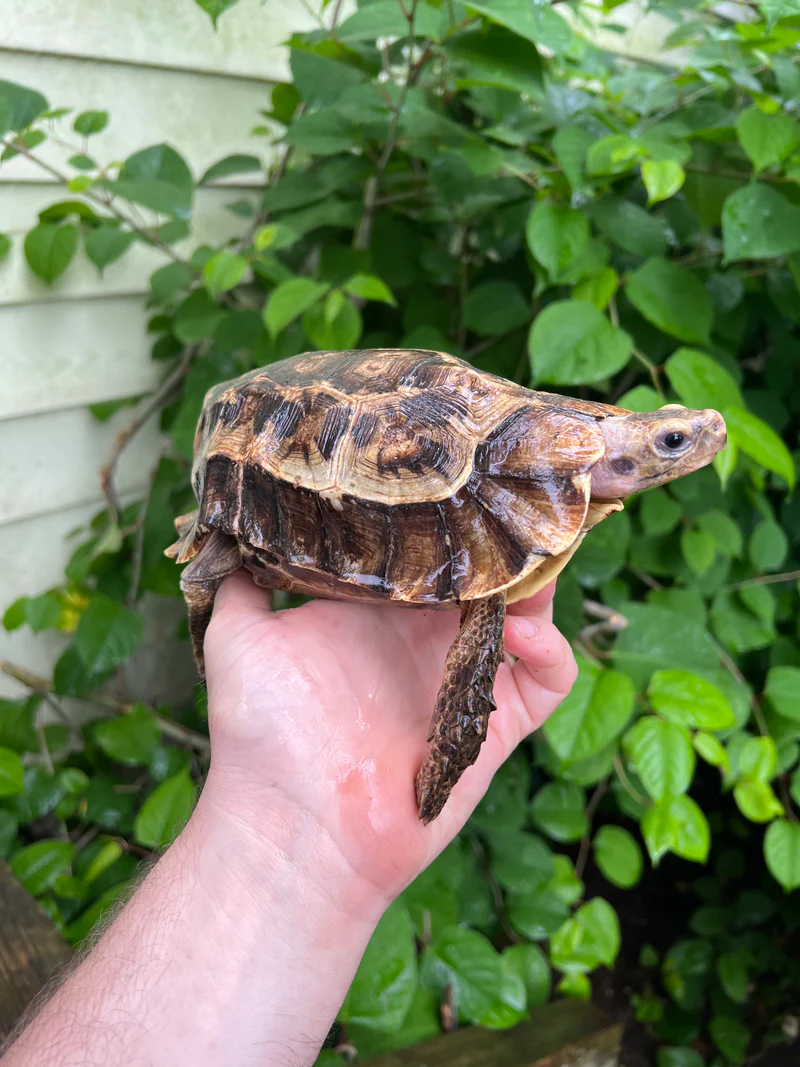
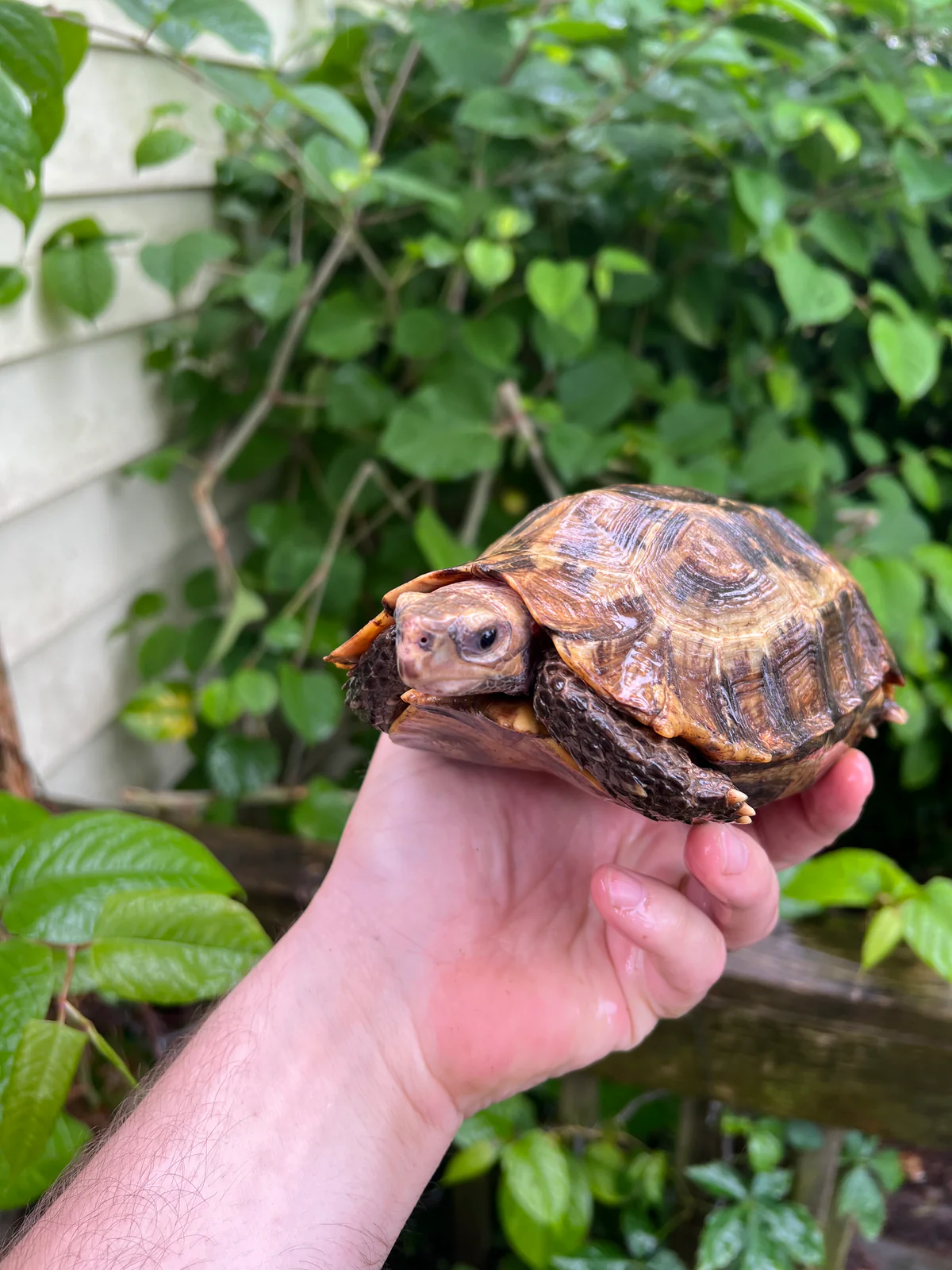

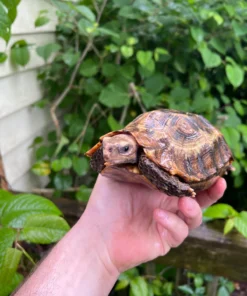


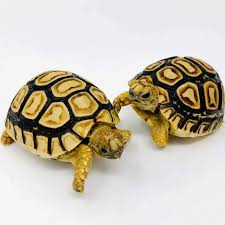
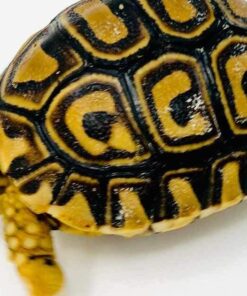
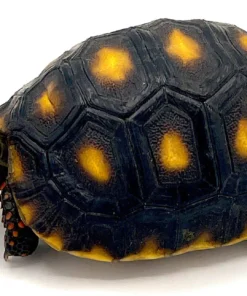

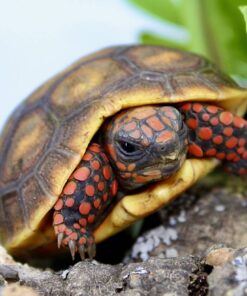
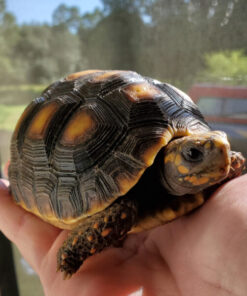







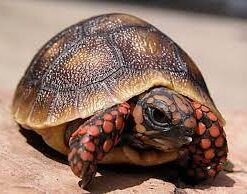
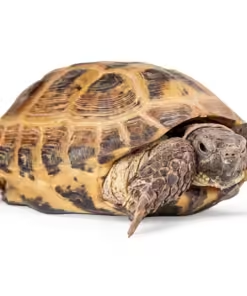
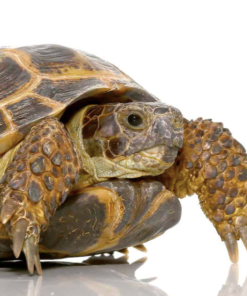
Reviews
There are no reviews yet.